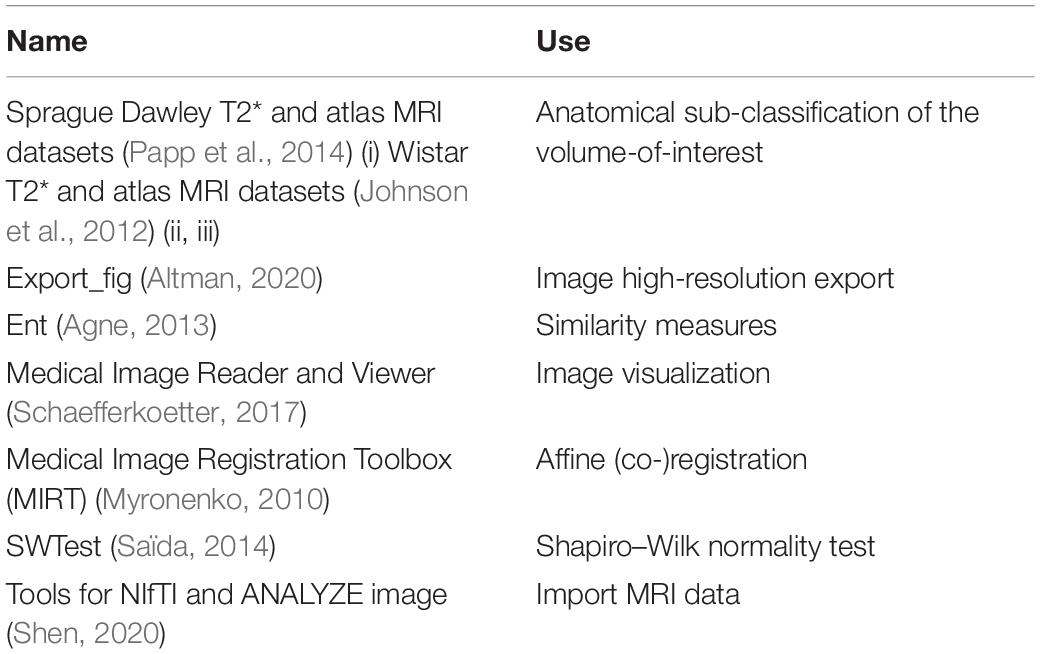

(2016a) identified 16.7% of MI-BCI novice users as inefficient because they did not reach the proficiency threshold on performance. Similarly, in the study of Meng and He (2019), 18 out of 42 subjects could not reach 70% performance across three training sessions. (2019) found that of all first-time users, 55.6% did not meet the proficiency threshold of 70% during the first session. The BCI inefficiency phenomenon is one of the biggest challenges in MI-BCI research, attracting interest in multiple previous studies. This lack of control is called “BCI illiteracy” ( Allison and Neuper, 2010) or “BCI inefficiency” ( Thompson, 2019). Studies have indicated that fifteen to thirty percent of users are incapable of generating the proper brain activity even after training and thereby are unable to use a MI-BCI system. However, not everyone is capable of voluntary modulation of their brain activity in the way that is recognizable by the system ( Allison and Neuper, 2010). This desynchronization is followed by an event-related synchronization (ERS) when motor imagery is over ( Pfurtscheller and Da Silva, 1999). Typically in MI-BCIs, the brain activity associated with motor imagery is recognized as event-related desynchronization (ERD) in the sensorimotor rhythms (SMR) that are characterized by the mu and beta frequency band over the sensorimotor cortex. This system can be assistive for motor-impaired patients ( Mane et al., 2020) and elderly, but also has applications for healthy users ( Belkacem et al., 2020). The BCI system then learns to classify these changes and carry out a command accordingly ( Thompson, 2019).

BCI systems that rely on the execution of motor imagery (MI-BCI) demand users to imagine moving of a body part in order to cause a change in the brain activity of the motor cortex ( Pfurtscheller and Neuper, 2001). EEG is low-cost, non-invasive and user-friendly compared to other imaging techniques ( Lee et al., 2019).

The electrophysiological signals of the brain are most commonly measured with electroencephalography (EEG). This makes it possible for humans to interact with the environment without using their muscular system ( Wolpaw et al., 2002). These findings shed light on individual traits that lead to difficulty in BCI operation and hence can help with early prediction of inefficiency among users to optimize training for them.īrain-computer interfaces (BCI) take brain activity as input and output an action that is carried out by an external device. Factors that were found to have a significant impact on MI-BCI performance were Vividness of Visual Imagery, and the personality factors of orderliness and autonomy. In addition to their BCI classification error rate and demographics, psychological measures including personality factors, affinity for technology, and motivation during the experiment, as well as cognitive measures including visuospatial memory and spatial ability and Vividness of Visual Imagery were collected. Fifty-five novice BCI-users participated in a left- versus right-hand motor imagery task. In this study, we investigated the impact of several cognitive and psychological measures on MI-BCI performance. The underlying mechanism of this phenomenon and the cause of such difference among users is yet not fully understood. However, not all users have the ability to sufficiently modulate their brain activity for control of a MI-BCI a problem known as BCI illiteracy or inefficiency. Motor-imagery BCIs (MI-BCI) rely on the users’ mental imagination of body movements. Their functionality, therefore, depends on both the BCI system and the cognitive capacities of the user. Brain-computer interfaces (BCIs) are communication bridges between a human brain and external world, enabling humans to interact with their environment without muscle intervention.


 0 kommentar(er)
0 kommentar(er)
